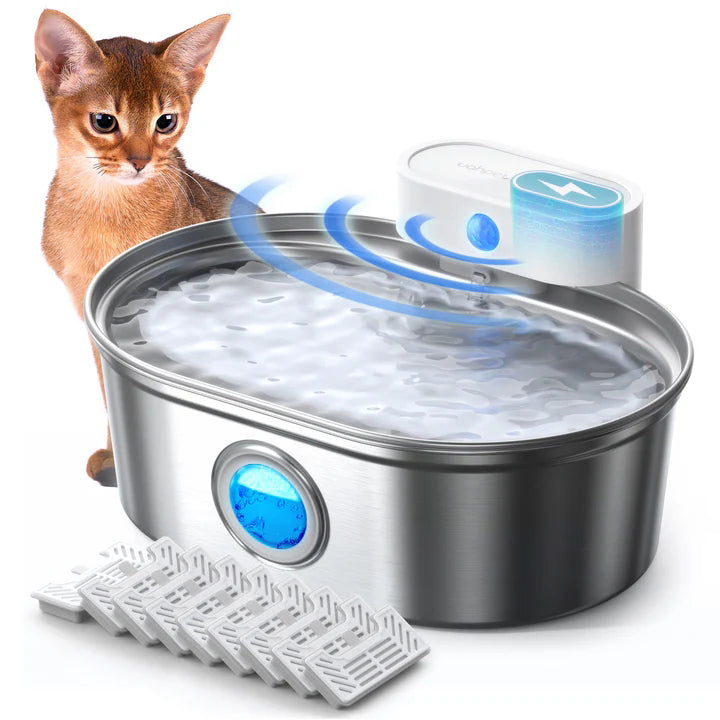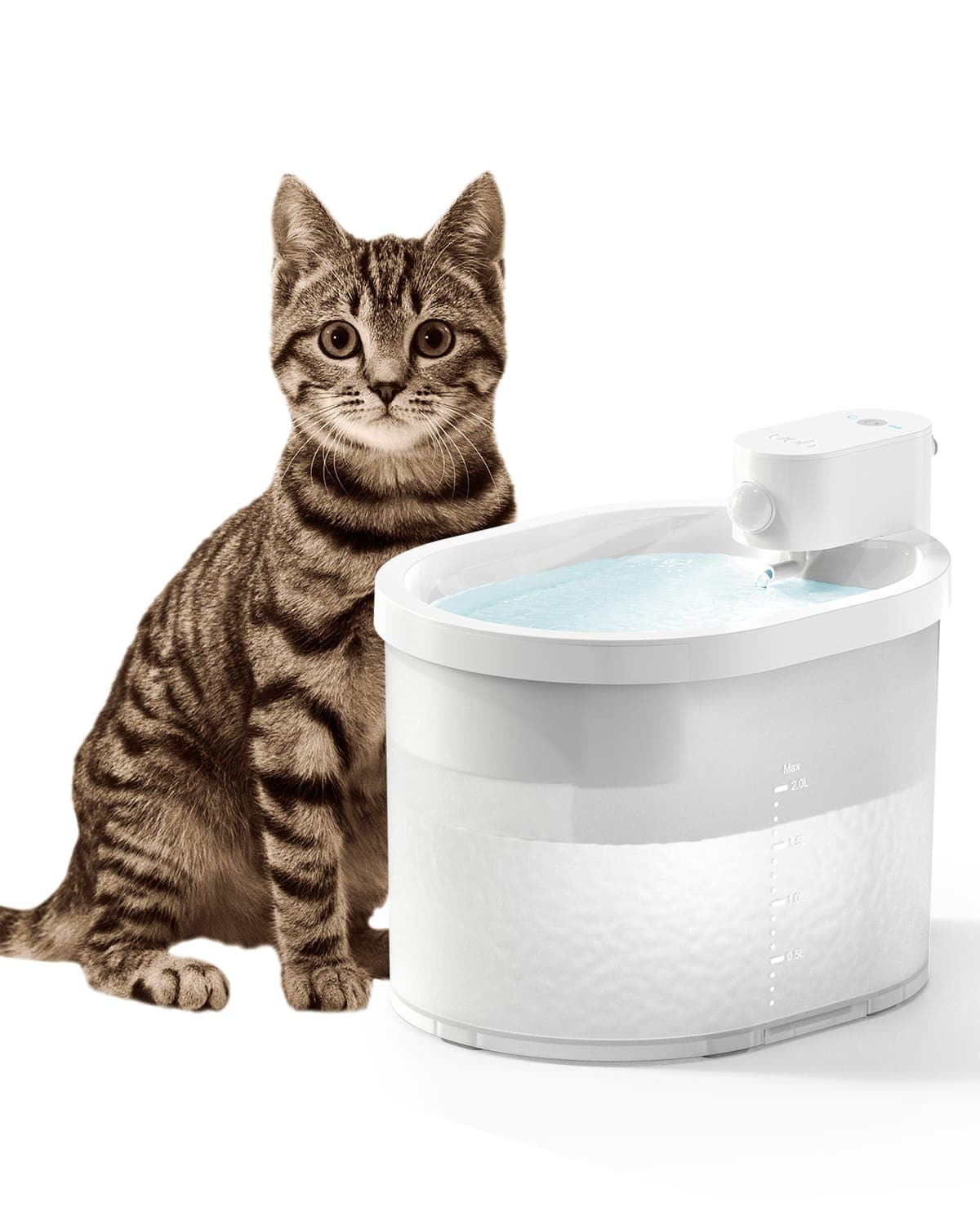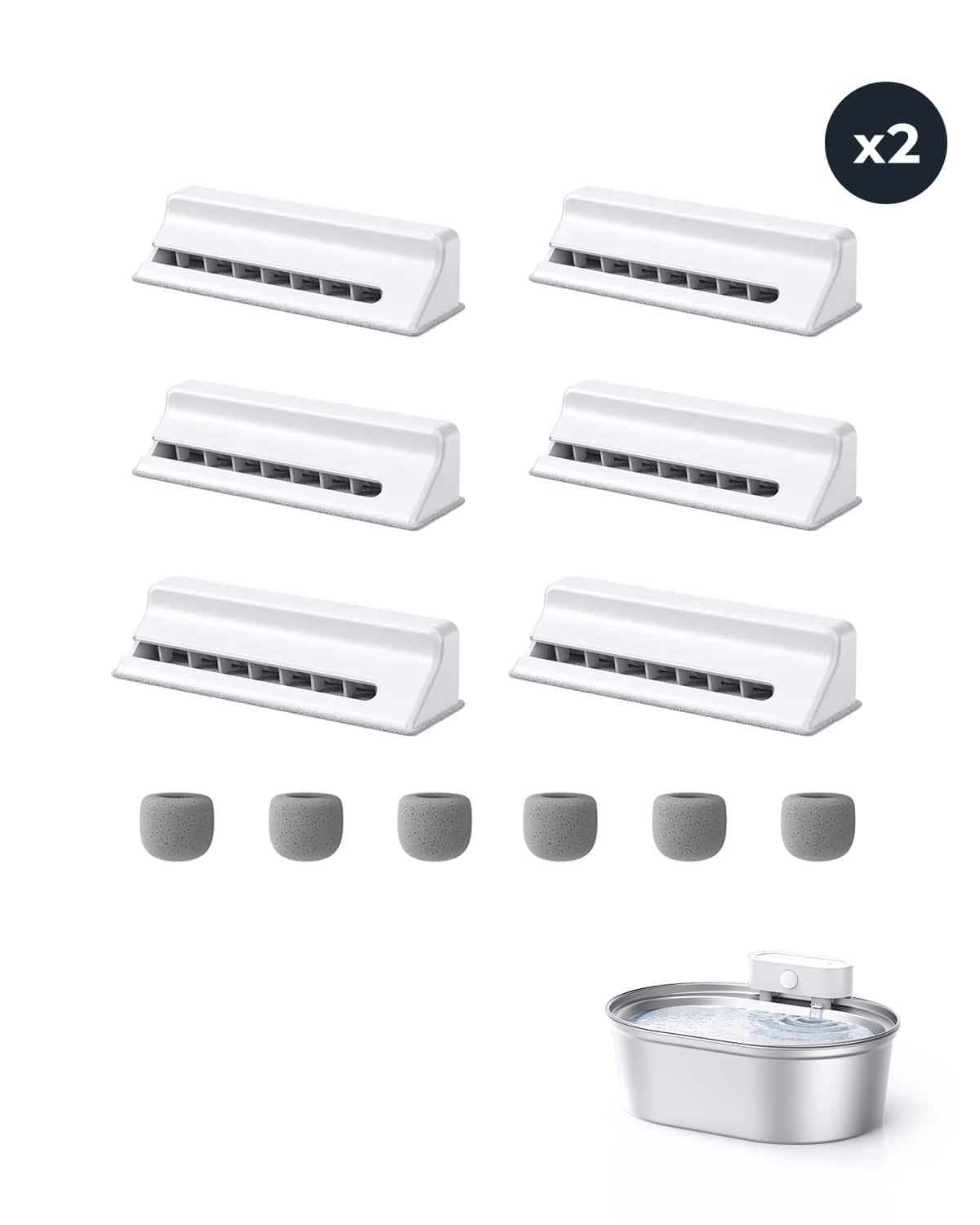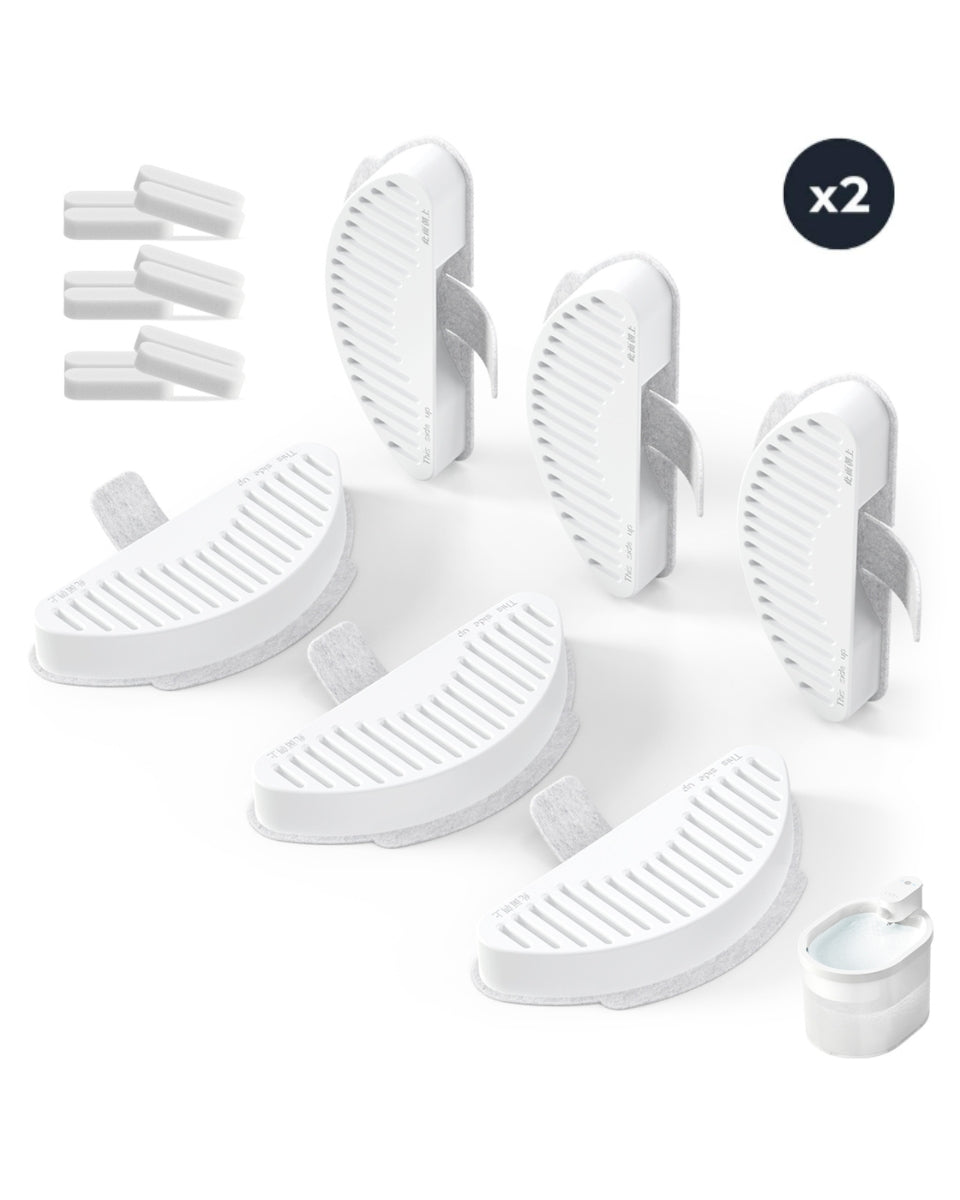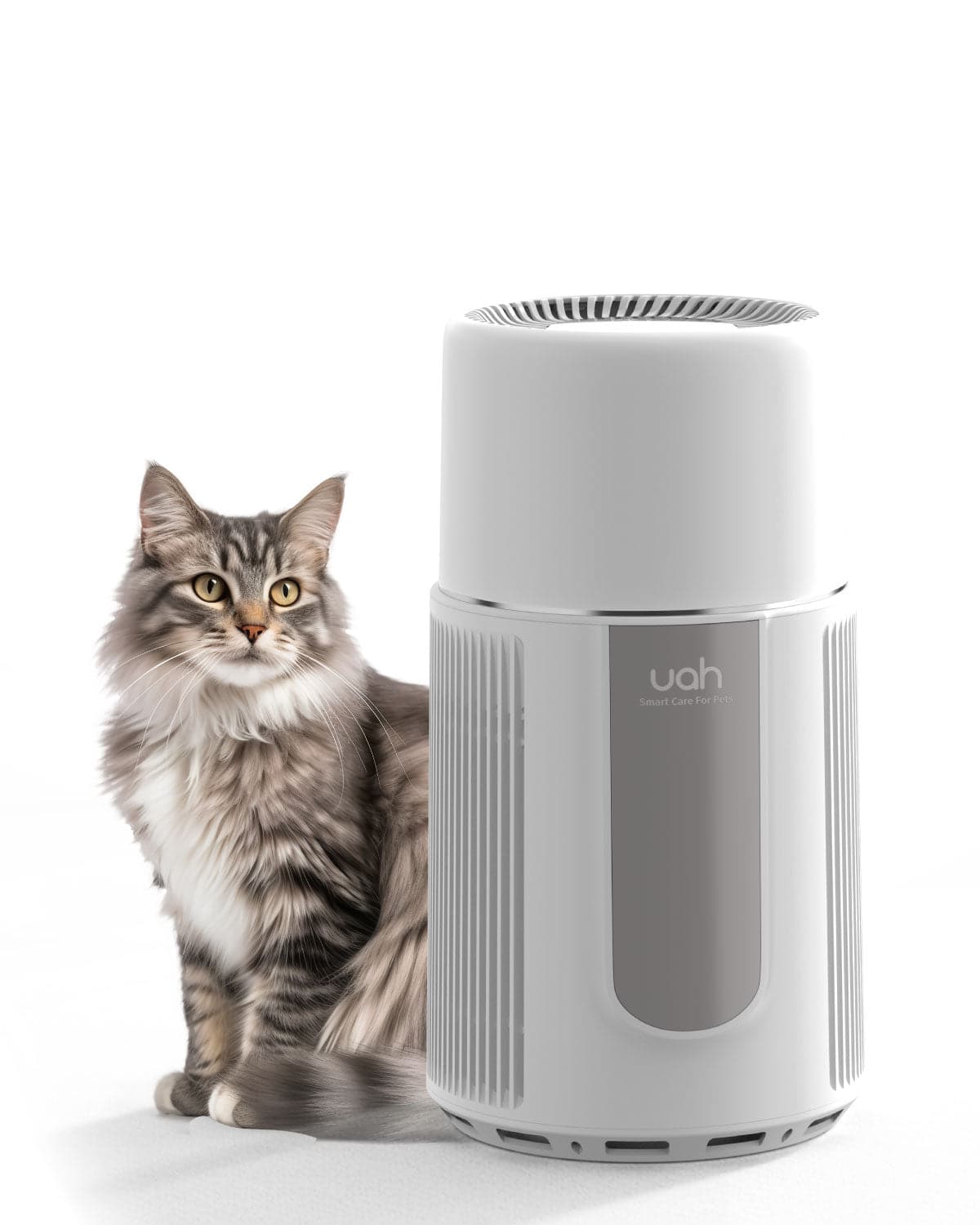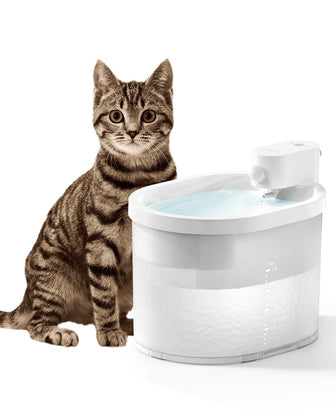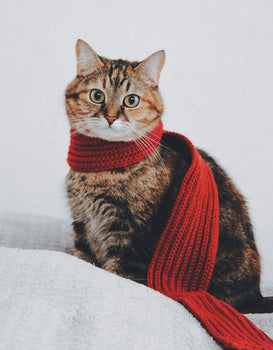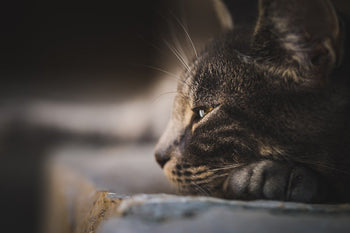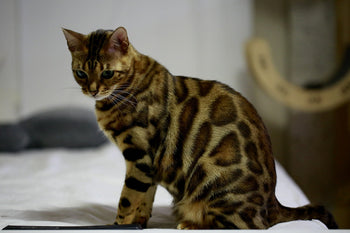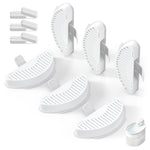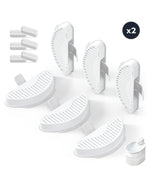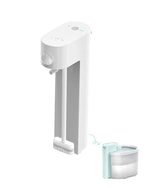Cats are fascinating creatures that have been domesticated for thousands of years. However, there are still many questions that people have about them, including whether or not they bleed when in heat. The answer to this question is not straightforward, as it depends on what is meant by "bleeding."
When a cat is in heat, she is experiencing a period of sexual receptivity and fertility. During this time, she may exhibit a number of behaviors, including increased vocalization, rubbing against objects, and restlessness. Some cats may also experience a discharge from their vulva, which can be mistaken for bleeding. However, this discharge is not the same as menstrual blood in humans.
It is important for cat owners to understand the signs of a cat in heat and how to care for them during this time. This article will explore the topic of whether cats bleed when in heat, as well as provide information on the health implications of heat cycles, how to care for a cat in heat, and more.
Do Cats Bleed When in Heat?

Key Takeaways
-
Cats do not bleed in the same way that humans do during their menstrual cycle, but may experience a discharge from their vulva when in heat.
-
Heat cycles can have health implications for cats, and it is important for owners to understand how to care for their cats during this time.
-
By learning more about cats in heat, owners can provide the best possible care for their feline companions.
Do Cats Have Periods
Reproductive Cycle of Female Cats
Female cats, like many other mammals, have a reproductive cycle. This cycle is controlled by the hormones estrogen and progesterone. When a female cat reaches puberty, usually around six months of age, her reproductive cycle begins.
The reproductive cycle of a female cat consists of four stages: proestrus, estrus, metestrus, and anestrus. During proestrus, the female cat's body prepares for mating, and estrogen levels begin to rise. Estrus is the stage where the female cat is in heat and ready to mate. During metestrus, the female cat's body prepares for pregnancy, and progesterone levels rise. Anestrus is the stage where the female cat's reproductive cycle is at rest.
Signs of a Cat in Heat
When a female cat is in heat, she may display several signs. These signs include vocalization, restlessness, and increased affection. She may also display a posture known as lordosis, where she raises her hindquarters and moves her tail to one side.
It is important to note that not all female cats display these signs. Some cats may be quiet and display no outward signs of being in heat.
Truth About Bleeding
Contrary to popular belief, female cats do not have periods like humans. Some female cats may experience discharge during their estrus cycle, which is often mistaken for menstruation. Unlike human menstruation, the discharge in female cats is not the shedding of the uterine lining but rather vaginal secretions. These secretions are usually clear or slightly bloody and are minimal in quantity. It is generally not a cause for concern unless the discharge is excessive or accompanied by other symptoms.
Is This Normal?
A small amount of discharge is usually normal, especially if it is clear or slightly blood-tinged. However, if the discharge is unusually heavy, foul-smelling, or accompanied by other abnormal symptoms like lethargy, loss of appetite, or behavioral changes, it could be a sign of a health issue, such as an infection or uterine condition (like pyometra). In such cases, it is recommended to consult a veterinarian for further evaluation.
Why Spay Cats in Heat?

Importance of Spaying
Spaying is a surgical procedure that involves removing a female cat's ovaries and uterus. It is an effective way to prevent unwanted pregnancies and reduce the risk of certain health problems. Spaying your cat can prevent her from going into heat, which can be a stressful and uncomfortable experience for both the cat and her owner.
In addition, spaying can significantly reduce the risk of certain types of cancer, such as mammary cancer, which is more common in unspayed cats. Spayed cats are also less likely to develop pyometra, a potentially life-threatening infection of the uterus.
Risks of Not Spaying
If a female cat is not spayed, she will go into heat regularly. During this time, she may experience a range of physical and behavioral changes, including bleeding from the vagina. This bleeding is not excessive and usually lasts for about a week, but it can be messy and inconvenient for the owner.
In addition, unspayed cats are at higher risk for certain health problems, including mammary cancer and pyometra. They are also more likely to develop behavioral problems, such as increased aggression and urine marking.
Overall, spaying your female cat is an important step in ensuring her long-term health and well-being. It can help prevent unwanted pregnancies, reduce the risk of certain health problems, and improve your cat's behavior.
Caring Tips for a Cat in Heat
- Provide a comfortable and quiet space for your cat to rest. She may be more agitated and restless during this time, so a calm environment can help her feel more relaxed.
- Keep your cat indoors to prevent her from mating with other cats and potentially getting pregnant or contracting diseases.
- Offer plenty of fresh water and food to keep your cat hydrated and nourished.
- Provide your cat with toys and activities to keep her stimulated and distracted from her heat cycle. This can include scratching posts, interactive toys, and puzzle feeders.
- Keep your cat's litter box clean and easily accessible. She may urinate more frequently during this time, so it is important to keep the litter box clean to prevent any urinary tract infections.
Spaying as a Preventive Measure
Spaying your cat is the most effective way to prevent her from going into heat. This procedure involves removing the ovaries and uterus, which eliminates the hormonal changes that occur during a heat cycle. Spaying also provides other health benefits, such as reducing the risk of certain types of cancers and infections.
It is recommended to spay your cat before she reaches six months of age. This ensures that she will not go into heat and reduces the risk of unplanned pregnancies. If your cat is already in heat, it is best to wait until the cycle has ended before scheduling a spay procedure.
Overall, caring for a cat in heat requires patience and understanding of your cat's needs. By providing a comfortable environment and proper care, you can help your cat navigate through this natural process with ease.

Conclusion
In conclusion, female cats do bleed when they are in heat. This is a normal physiological response that occurs due to the changes in their reproductive hormones. The bleeding is usually light and may go unnoticed by some cat owners.
It is important to note that not all female cats will bleed during heat. Some may have a discharge instead, while others may not show any visible signs at all. Additionally, excessive bleeding or bleeding outside of the heat cycle may be a sign of a medical issue and should be evaluated by a veterinarian.
Overall, it is important for cat owners to be aware of the signs of heat in their female cats and to provide them with the necessary care and attention during this time. This includes keeping them indoors to prevent unwanted mating and providing them with a comfortable and stress-free environment.
Frequently Asked Questions
Is it normal for an unspayed female cat to bleed?
Yes, it is normal for unspayed female cats to bleed during their heat cycles. This is because the hormonal changes that occur during this time cause the uterus to prepare for potential pregnancy. However, if the bleeding is excessive or lasts for more than a week, it is important to consult a veterinarian.
What are the signs of a cat's first heat cycle?
The signs of a cat's first heat cycle may include increased vocalization, restlessness, and rubbing against objects or people. The cat may also show increased affection towards their owner and may begin to display more territorial behavior.
How long is a female cat's heat cycle and will there be bleeding?
A female cat's heat cycle typically lasts around 7-10 days, but it can vary from 3-4 days up to 3 weeks. Bleeding is a common symptom of a cat's heat cycle, but it can vary in intensity and duration from cat to cat.
Can you see physical signs of menstruation in cats?
Unlike humans, cats do not menstruate. Instead, they experience a heat cycle where the uterus prepares for potential pregnancy. While there may be some physical signs of bleeding during this time, it is not the same as menstruation.
At what age do cats begin their heat cycles?
Cats typically begin their heat cycles around 6 months of age, but it can vary depending on the breed and individual cat.
How frequently do cats enter heat periods throughout the year?
Cats are known as seasonally polyestrous, which means they have multiple heat cycles throughout the breeding season. The breeding season can vary depending on the geographic location, but it typically occurs from early spring to late fall. During this time, cats can enter heat cycles every 2-3 weeks until they become pregnant or the breeding season ends.

